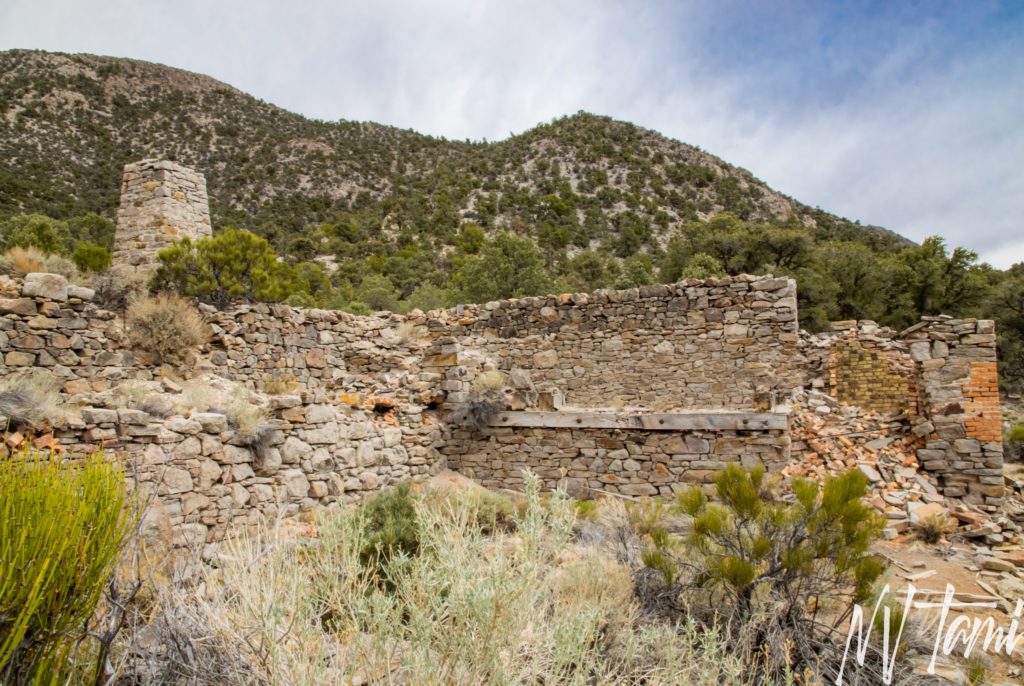
Mountain View is an obscure Nevada ghost town, unknown to many avid ghost towners. Following the discovery of promising gold deposits, investors built a large mill in the 1870s in the Hot Creek Range. There is a question if developers’ primary purpose was to strip silver from mines or silver coins from investors’ pocketbooks. Mountain View lasted for only a brief time. Today, Mountain View has spectacular mill ruins in an isolated mountain range.
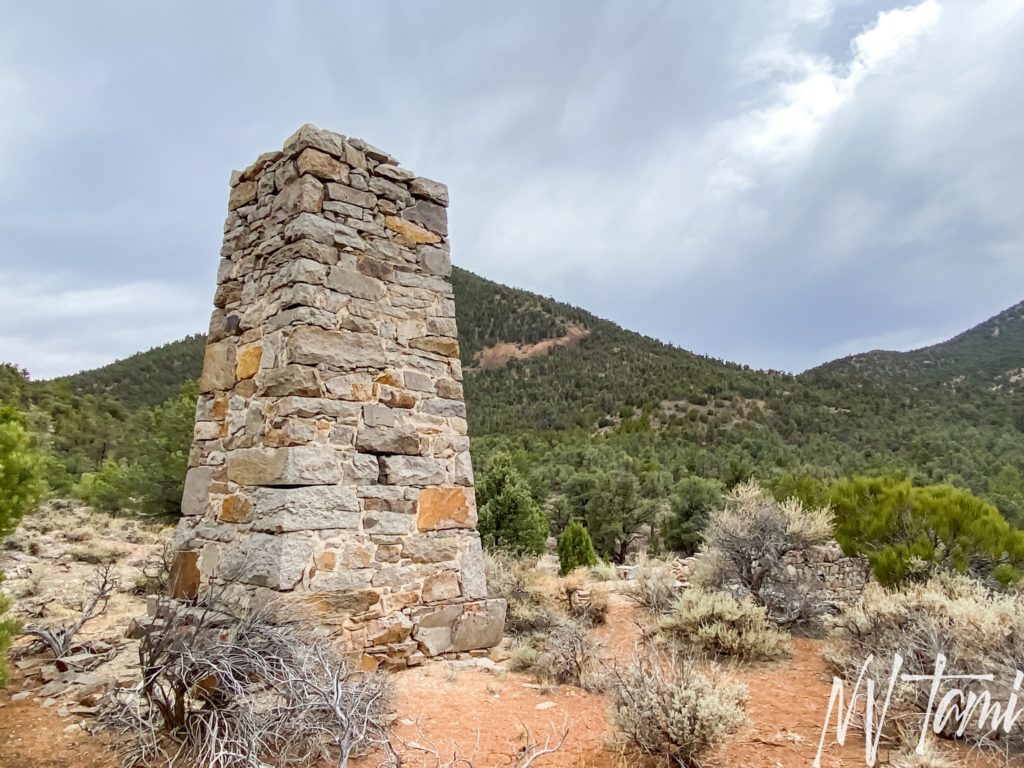
The search is on
The mining camp of Mountain View has been one of the most challenging sites I have researched. The mill was a large and expensive construction, but little information exists about its history. I was excited to find a reference to Mountain View online, only to have it say it is surprising to have little information on a large mill.
There is nothing in the general literature for this area that makes refence to the mill at Mountain View which seems very odd considering the size of the structure.
Jack Quade, Mountain View Mill Report. April 1986
While lack of information was frustrating, it is like working a puzzle, except you don’t know what the end product looks like, and your cat swatted an unknown amount of pieces off the table and into mysterious locations. A little part of the puzzle would pop up here and there, I would play with it pointing it this way and that, finally, it snapped into place… only to find I was missing another piece.
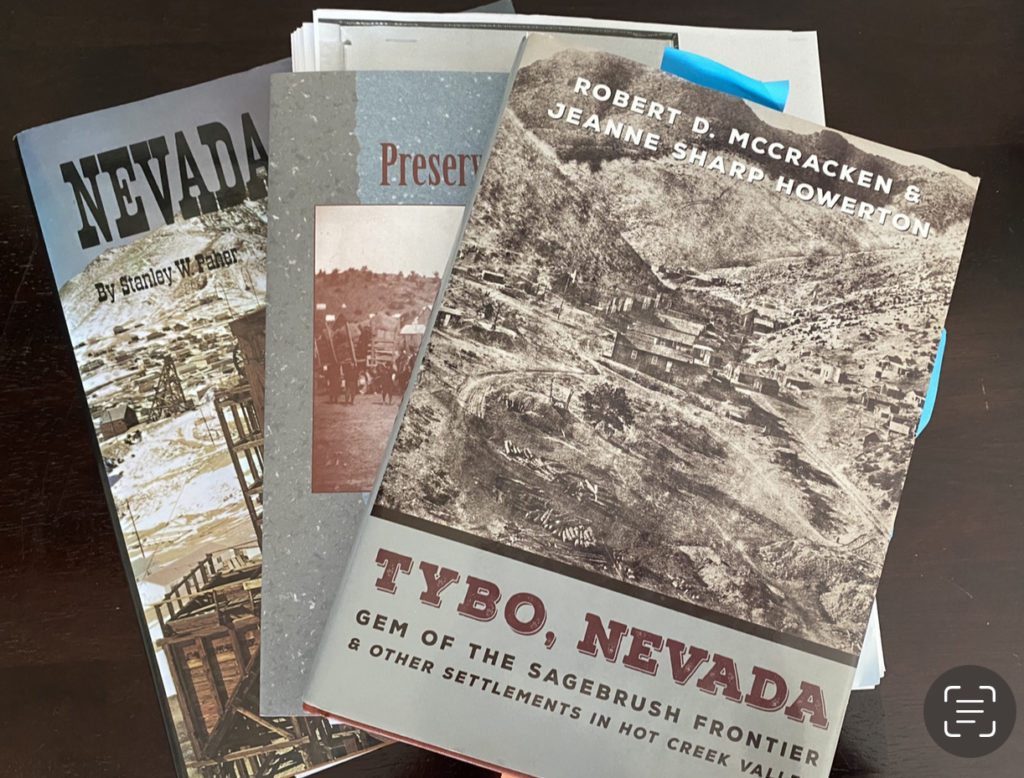
The best references I found on Mountain View
On the fun side, I got to call in the big guns: authors and ghost towners Stan Paher and Shawn Hall. Both are legends in ghost town circles. Stan authored Nevada Ghost Towns and Mining Camps, which many refer to as “The Nevada ghost town bible,” and Shawn authored multiple books on ghost towns organized by the county, including Preserving the Glory Days about Nye County. It delights me like a kid on Christmas morning to have them on proverbial speed dial.
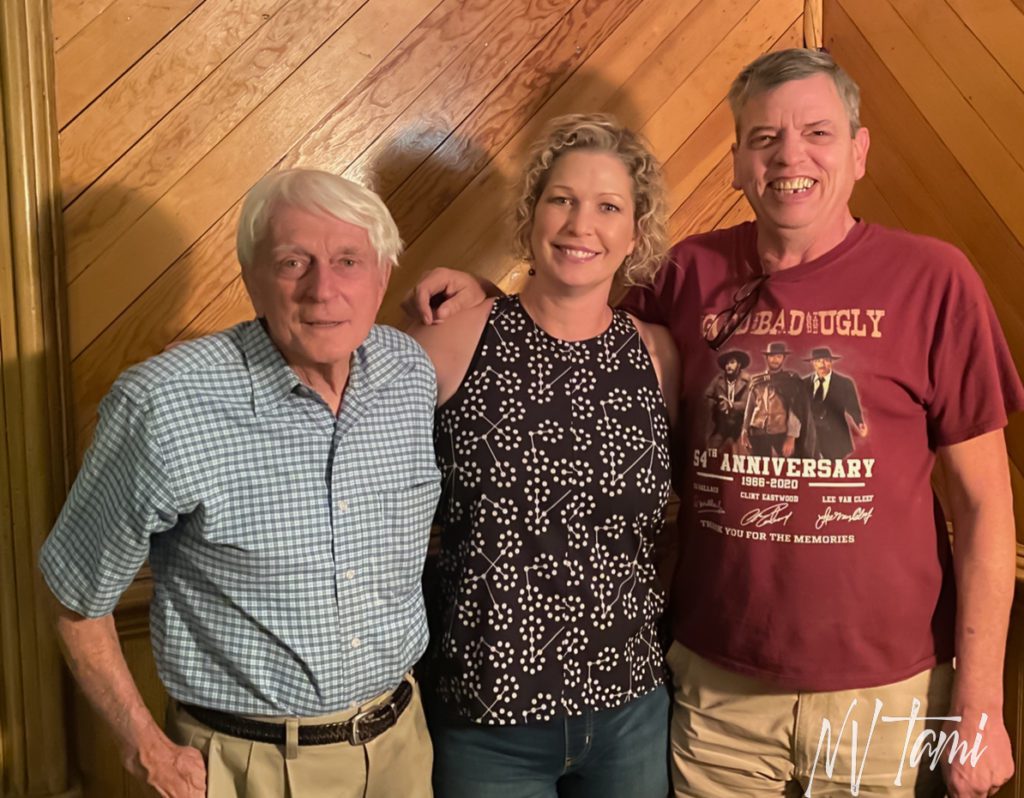
Hot Creek District
Hot Creek Range is a volcanic mountain range that runs north for fourth-three miles. The highest peaks are Morey Peak (10,249′) and 9825′ Mahogany Peak. Hot Creek was named for the warm springs which erupt from the range. Native Americans hunted and farmed Hot Creek Range and Valley north of Tonopah.
Silver deposits in the Hot Creek Range were discovered in 1865 by Native American “Indian Jim.” In 1866, he showed his discovery to prospectors, who rewarded him with silver coins. Indian Jim, seeing little value to the coins, threw the silver off a cliff.
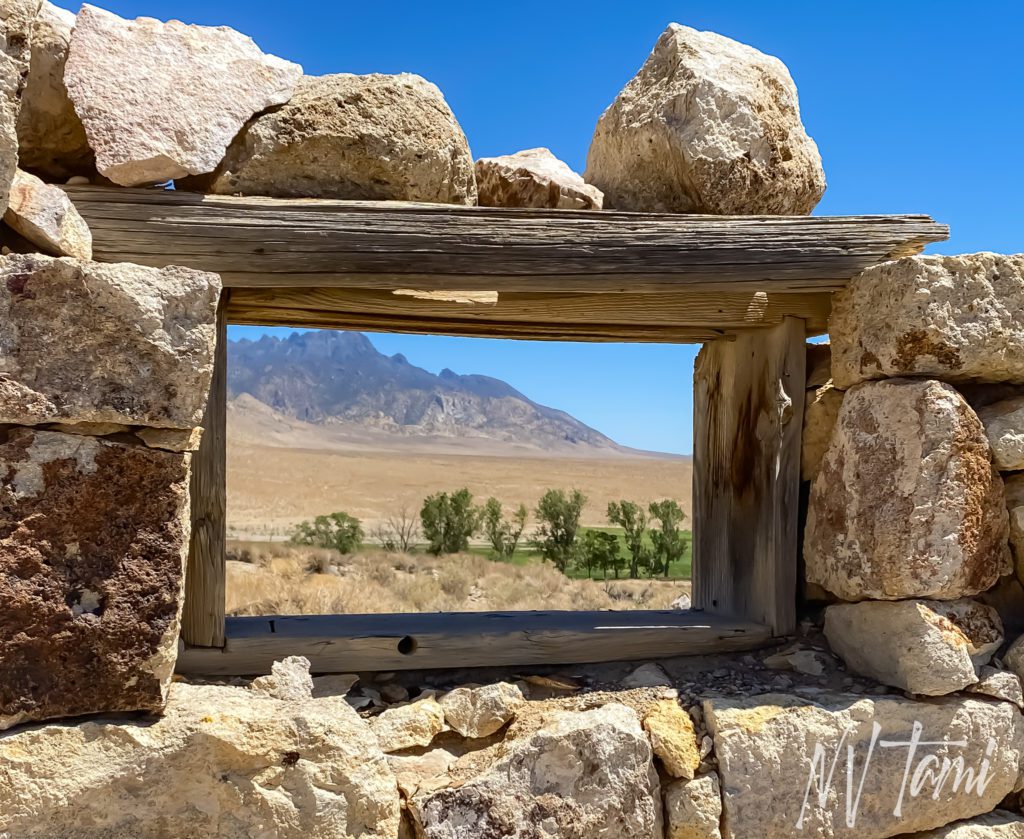
The Hot Creek Mining District was organized in 1866. The district ran along with the Hot Creek range north from Warm Springs to Hot Creek. Originally named Empire, some considered the district to incorporate additional locations. The district was alternatively known as Keystone, Empire, Argenta, Rattlesnake Canyon, Milk Spring, Shenandoah, and Tybo.
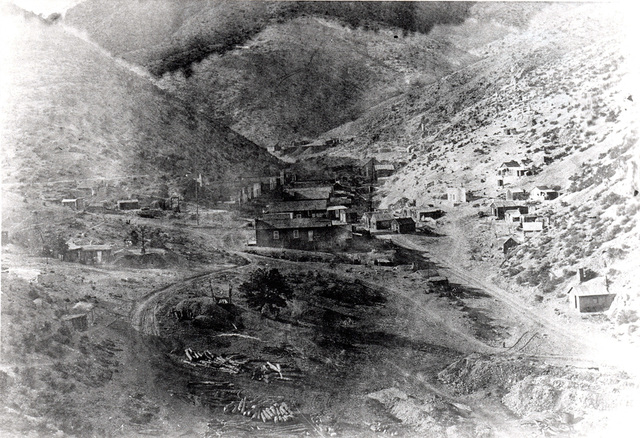
(Photo credit: Destination 4×4)
In 1867, Dominion, a twenty-stamp mill, was built in Hot Creek Upper Town, and prospectors erected a five-stamp mill in lower Hot Creek. By the following year, two 10-stamp mills were operating in the area. Hot Creek became the main town for the district and had amenities including boarding houses, stores, hotels, and saloons.
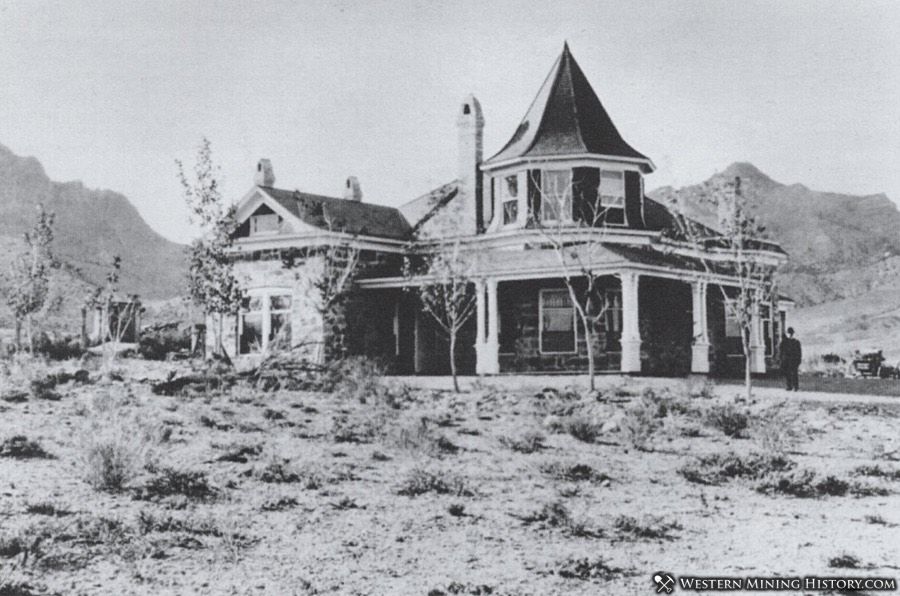
Hot Creek Hotel
(Photo credit: Western Mining History)
The first half of 1868 was a challenging year for the region. In January, a large earthquake hit Rattlesnake Canyon, in February fire destroyed the Dominion Mill, and the Keystone Mill burned in April. As a result, mining in the Hot Creek District declined, and the 1870 census lists only forty residents in Hot Creek.
Mountain View
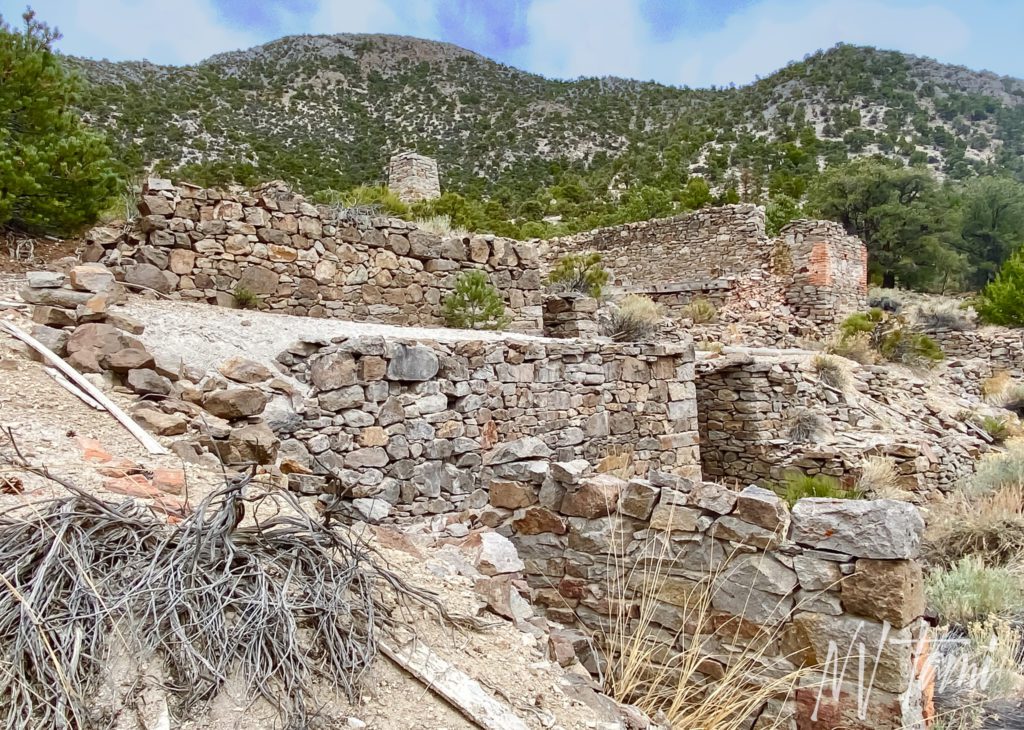
In the 1870s, prospectors from nearby Tybo found what they believed to be the next big gold strike southwest of Hot Creek Canyon. They began primitive milling and soon made plans for a larger mill to process ore.
Workers in Mountain View were primarily from Wales. They would traverse the steep path into Hot Creek on Saturdays to bathe in the warm waters. On their journey up and down the mountain, residents of Hot Creek could hear the Welsh miners singing on their journey.
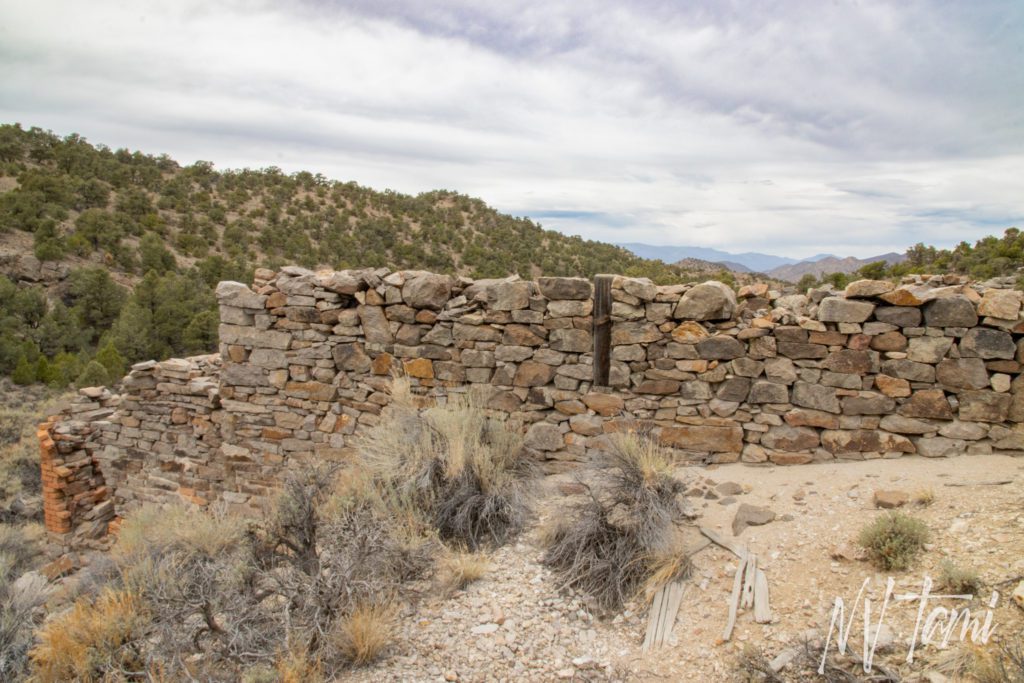
What were they really mining at Mountain View?
Opening a large mill was big news and fodder for local newspapers. Newspapers mention the Mountain View mill was reaching completion, but there were no stories about it firing up and processing ore. In addition, the lack of slag or significant silica lining the furnaces indicated that the mill did not operate to a substantial degree.
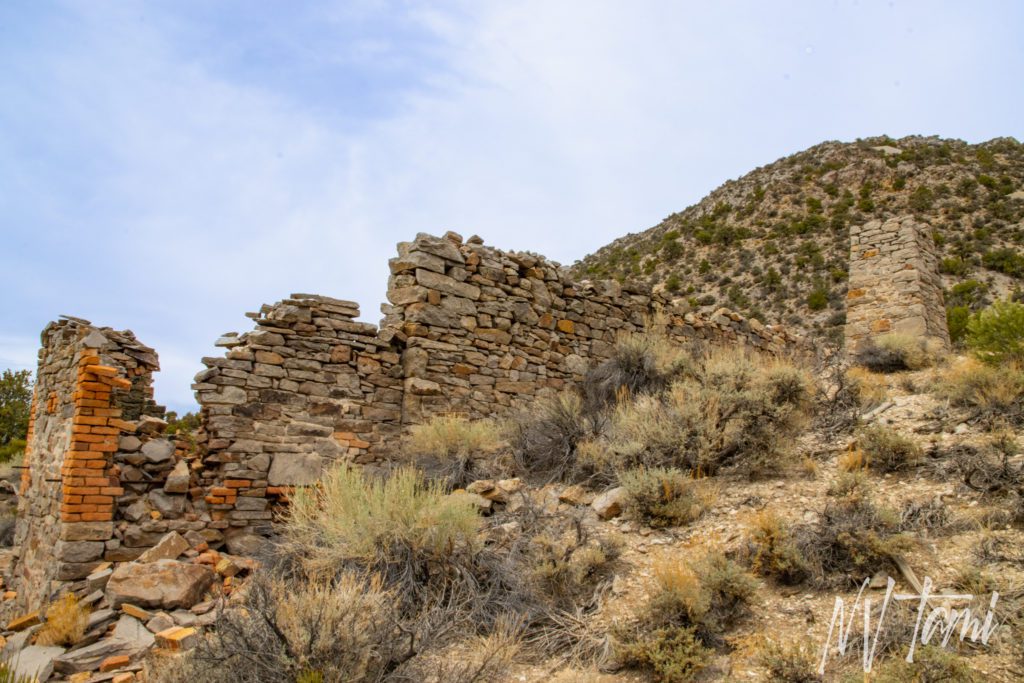
Governmental and mining district reports contain extensive information, including mines workings, orebodies, geology, commodities, ore processing, and financial production. Strangely, Mountain View has no reports of these or of monetary value produced by the mill.
This brings up the question: What were they mining at Mountian View?

Salting the Mine
A mine is a hole in the ground, owned by a liar.
Mark Twain
Stock fraud might be the second oldest profession in Nevada. Miners may have started out seeking riches in the earth, but many found greater profit in investors’ pocketbooks. One method of mine fraud is known as “salting the mine.” First, owners would scatter or shoot gold and silver into the ground to show how promising their claim was. Then, investors would purchase stock in the mine, only to have a “strike” which never produced. Nevada recognized mining scams, and laws to protect investors were implemented in the early 1900s.
Some historians conjecture that more money was lost to mining scams than profits were derived from successful mining ventures.
Engineering and Mining Journal
Some speculate Mountain View Mill was a Nevada mine scam and that the owners ran off with over $100,000 in investor money. If this is true, investors lost their life savings and owners disappeared with the modern-day equivalent of over $2 million.
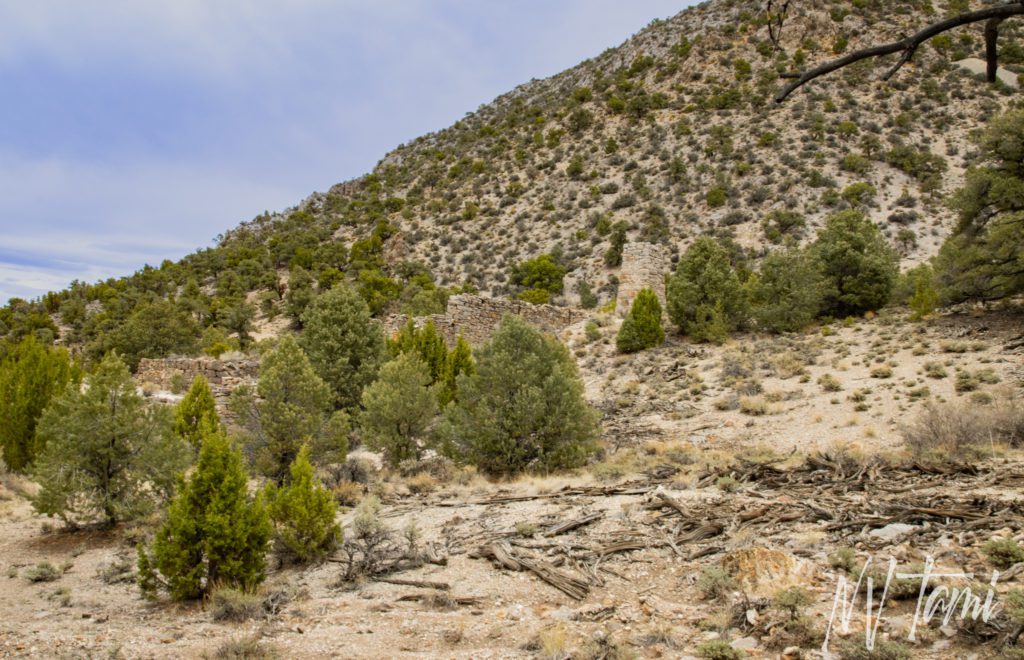
Remittance Man
One owner of Mountain View Mill was an English “remittance man.” A remittance man receives money from home… on the condition that he stays away. The remittance man lived in Mountian View and was frustrated with the mill. Sadly he committed suicide by ingesting poison, sitting on firewood he set on fire, then shooting himself. He left the property to a pair of sisters, and it subsequently came under county ownership.
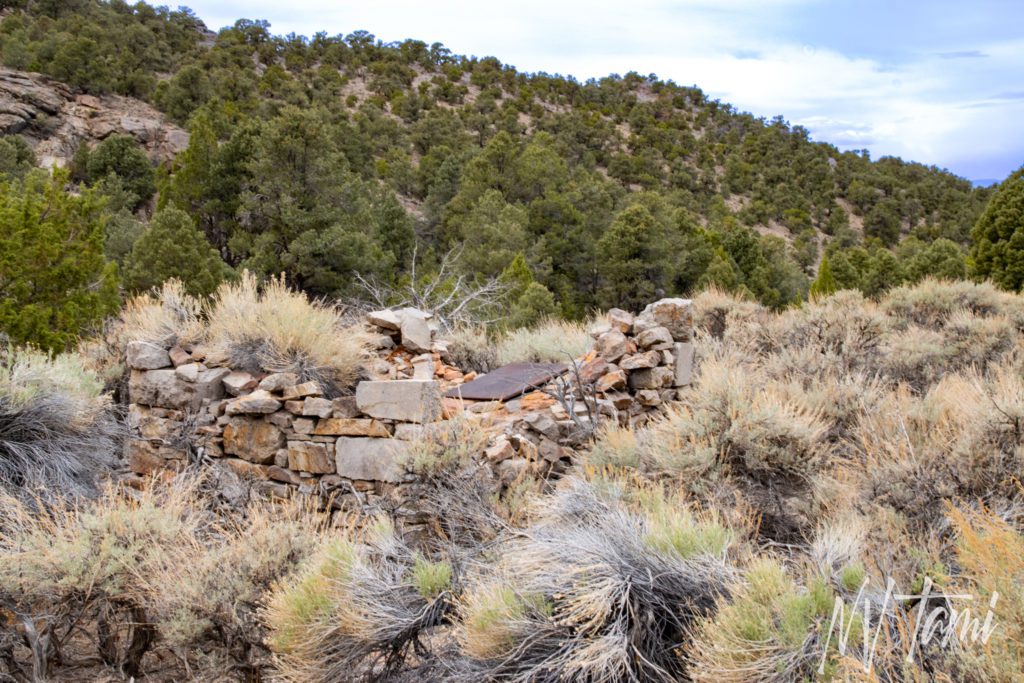
The final record of Mountain View Mill was in 1886. At the time, Nye County was in financial trouble, with over $60,000 in debt. According to the Nevada State Journal, the county could barely cover employees’ salaries, much less pay down accumulated debt with eight percent interest.
The county property consists of a Court House, a hospital, and the Mountain View Mill valued at $28,300.
Nevada State Journal, September 30, 1886
Ruins of Mountian View Ghost Town
Mountain View Mill
The mill ruins are extensive and cover the hillside. The mill was approximately 50′ by 100′ and consisted of three levels. It boasted several furnaces, cut stone walls, and brick chimneys.

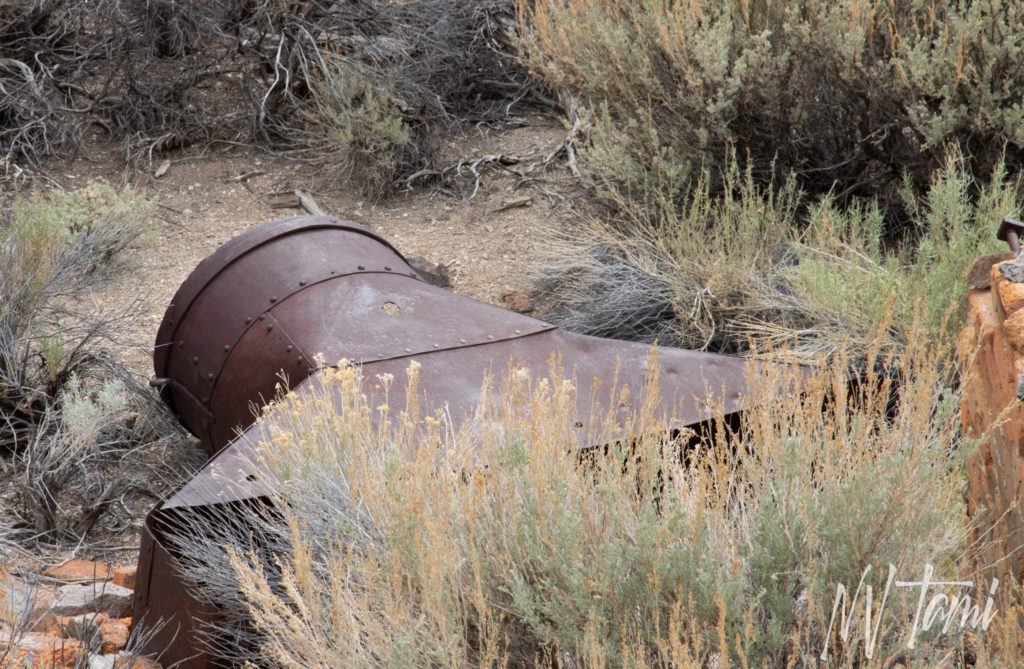
Grounds
Scattered around the mill are collapsed wood structures, debris, slag, and other material.

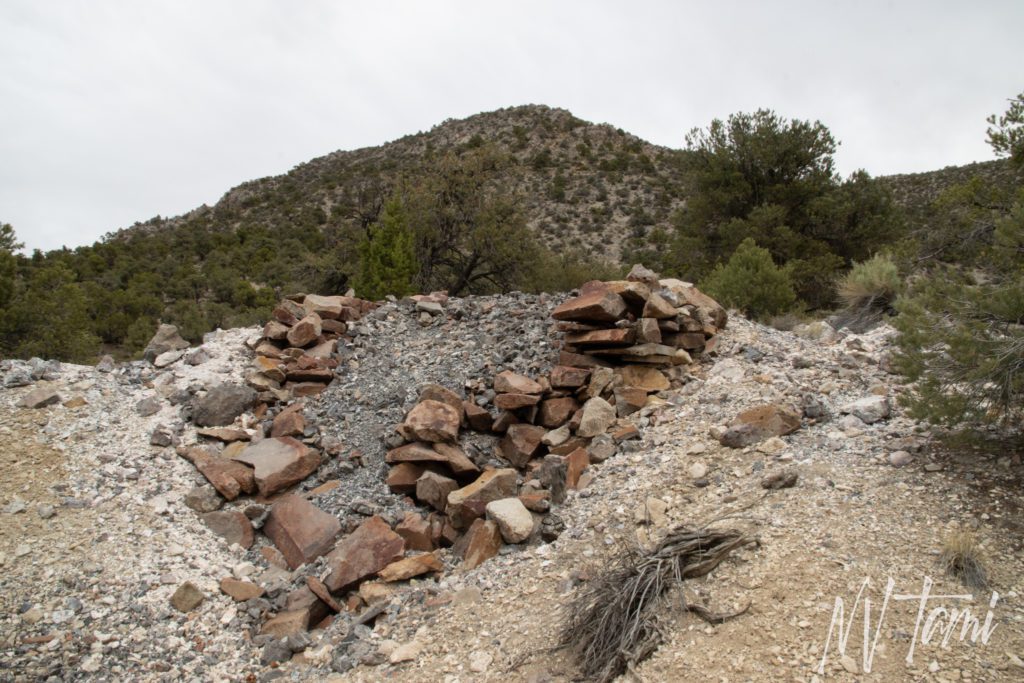
Mines
Mine shafts and adits scatter the area.

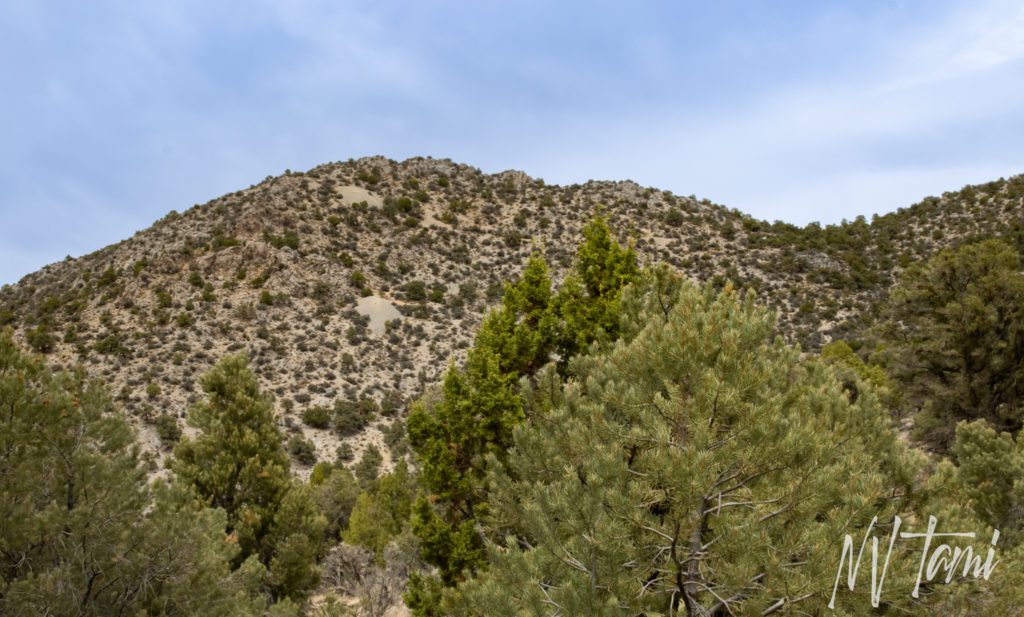
Mountain View Cabins
Uphill and south of the mill are cabins. The cabins are of construction technique and material dating after the mill.
Mountain View Cabin #1
This cabin was constructed using siding of recycled metal tins. This construction technique is found in multiple locations in Nevada including Dixie Valley.

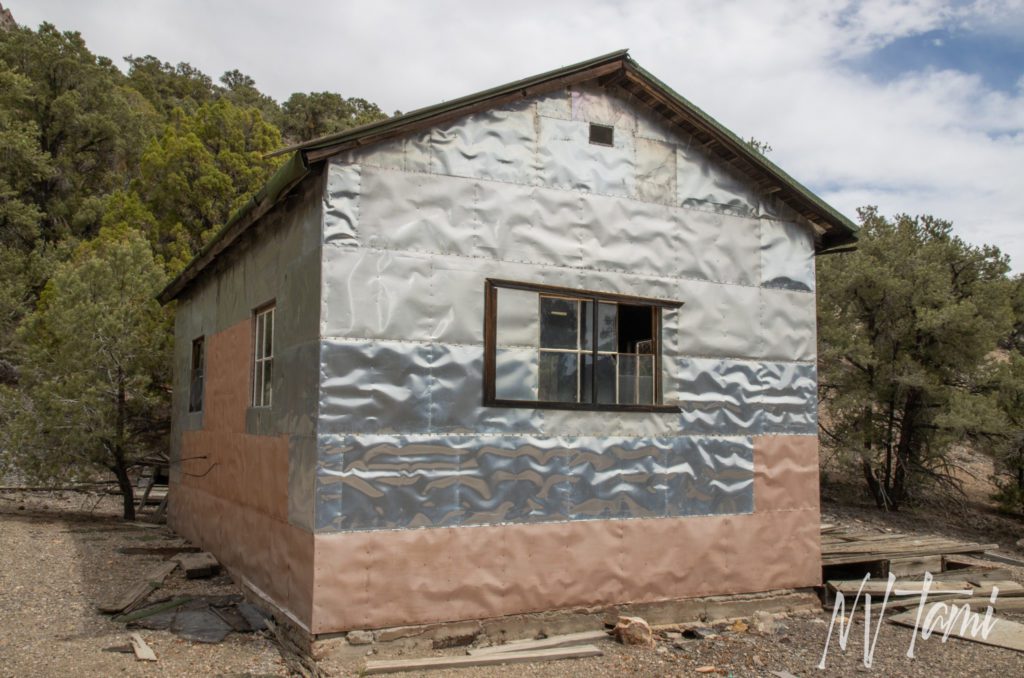
Mountain View Cabin #2
Cabin #2 is a good structure with multiple rooms which appear to have been added on.

Mountain View Cabin #3
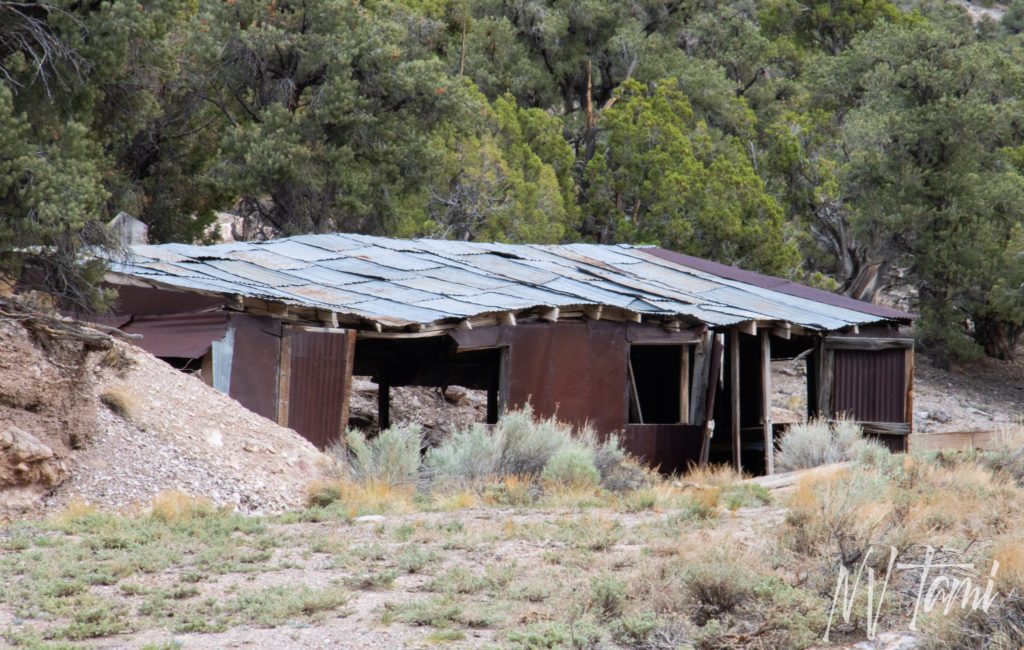
Mountain View Cabin #4
Cabin 4 appears to be in use. We stayed out.
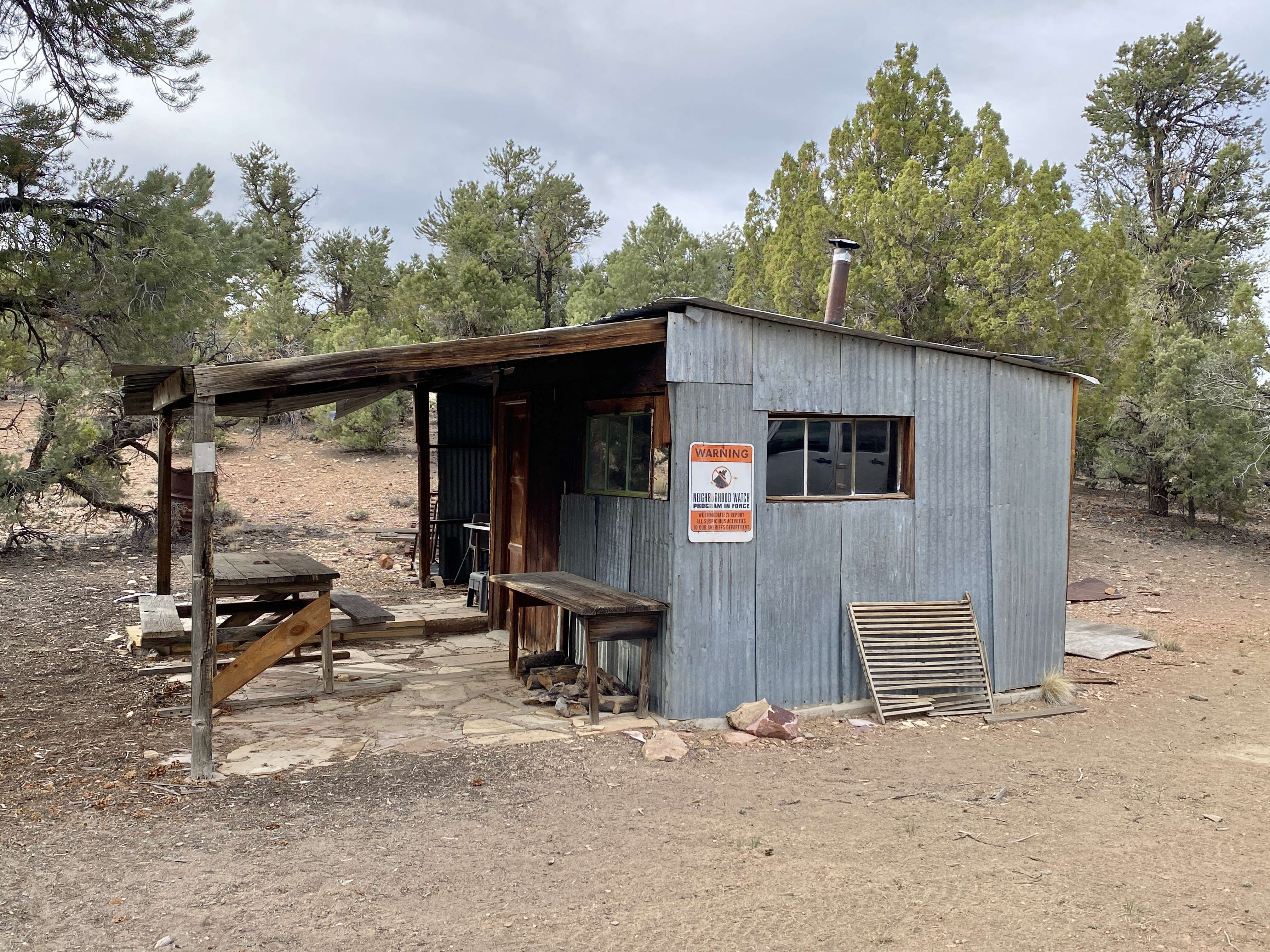
Shack
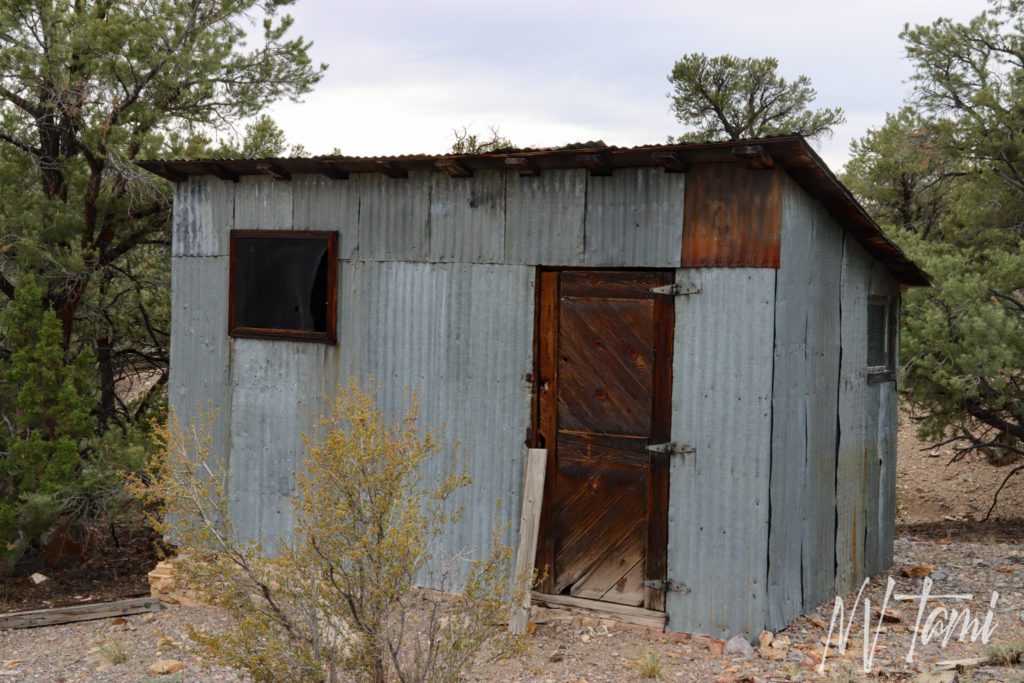
Watch for falling rocks
Walking to a second site we noticed a huge square boulder on the side of the path. The mountain across the valley was missing a section of rock the same size as the boulder. I can’t imagine the noise of the boulder rolling down the mountain.
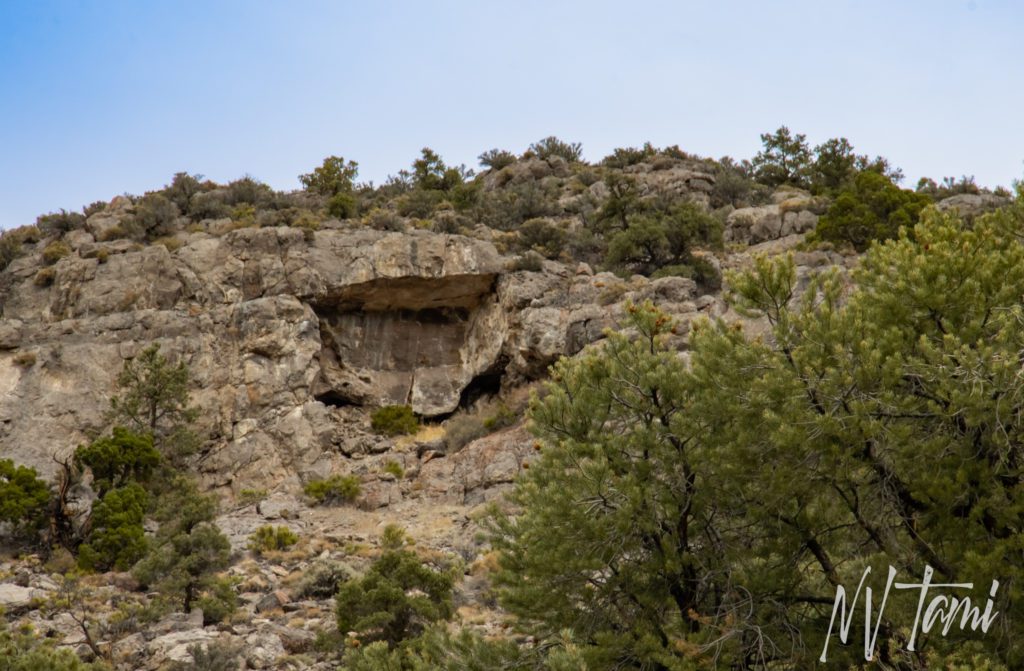

Ghost Towning
The Infamous “Quarter Mile Hike”
The road between the cabins at the top of the trail to Mountain View Mill was steep and washed out. We decided it was better to hike the remaining distance than end up having to recover the Jeeps with winches. I asked my friend Bo how far the hike was so I could be prepared. He thought the mill was about a quarter-mile hike plus a second destination a little farther.
When we reached the final destination I looked at Bo and said “quarter-mile hike, my a**” and we both started laughing. I started recording on my Garmin watch part way back to the Jeeps and it was closer to two miles, four miles total. Thank heavens it was a cool day with nice cloud cover.

Honey Badger, you are a long way up there!
We hiked back steadily until we reached the steep washed-out section. We took a break and each waited for the other to say we were ready for the final push. Halfway up, we heard our travel partner Steve calling to us asking if he should throw down a winch line to drag us up back up the hill. Bo and I looked at each other questioning if that would really work. I haven’t laughed that hard in a long time.
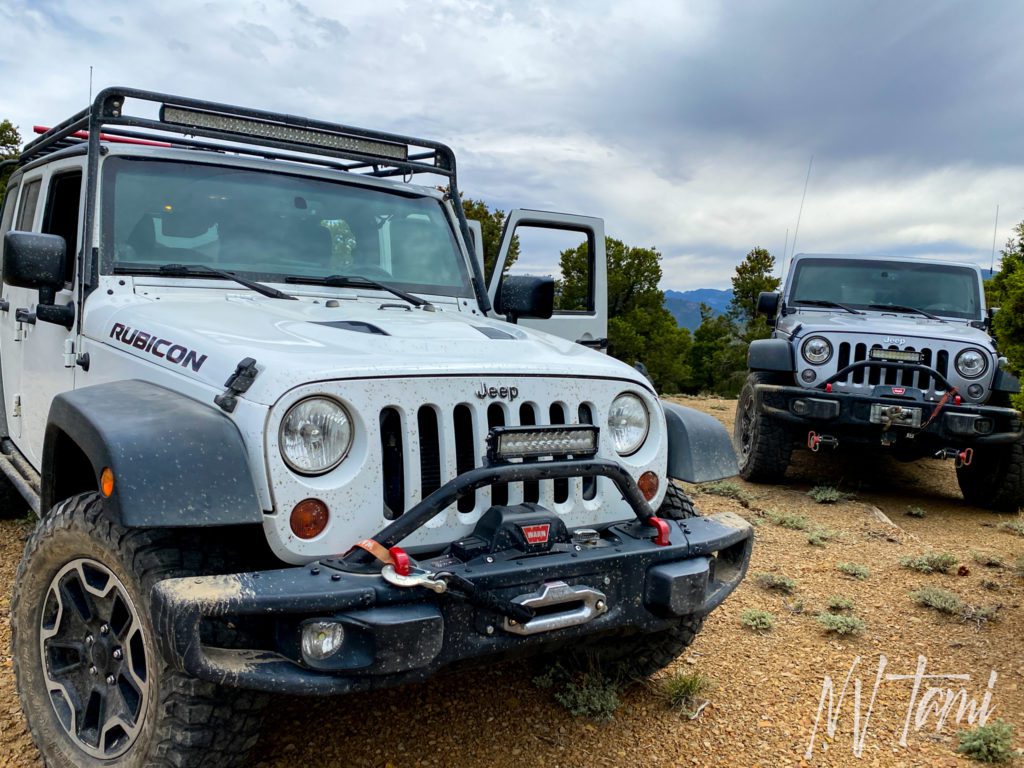
Visited 6-7-2021
References
- Carlson, Helen S. Nevada Place Names: A Geographical Dictionary. University of Nevada Press, 1974. Pages 137, 148-149.
- Forgotten Nevada: Keystone (aka hot creek)
- Gamett, James and Stan Paher. Nevada Post Offices: An Illustrated History. Nevada Publications, 1983. Pages 75, 82.
- Ghosttowns.com: Hot Creek
- Hall, Shawn. Preserving the Glory Days: Ghost towns and Mining Camps of Nye County, Nevada. University of Nevada Press, 1981. Pages 98-102.
- Kral, Victor E. Mineral Resources of Nye County, Nevada. University of Nevada, 1951. 189-195.
- Law Offices of David Lievrader: The History of the Nevada Securities Law
- Legends of America: Swindle at the Gold Bar Mine, Nevada
- Lincoln, Francis Church. Mining Districts and Mineral Resources of Nevada. Stanley Paher, 1982. Pages 195.
- McCraken, Robert D. and Jeanne Sharp Howerton. Tybo, Nevada: Gem of the Sagebrush Frontier & other Settlements in Hot Creek Valley. Central Nevada Historical Society, 2016. Pages 46-50, 127-129, 272-273.
- Murbarger, Nell. Ghostos of the Glory Trial. Nevada Publications, 1956. Pages 135-139, 261.
- Nevada Expeditions: Keystone
- Online Nevada: Hot Creek
- Paher, Stanley. Nevada Ghost Towns and Mining Camps. Nevada Publications, 1970. Page 353.
- Paher, Stanley. Nevada Ghost Towns and Desert Atlas. Nevada Publications, 2009. Pages 170-171.
- Patera, Alan H. Belmont, Nevada. Western Places, 2005. Pages 4
- Primeaux, Ellen Ernst. Sojourn in Nevada: A Story of My Grandfather, George Earnst. 1986.
- Live Science: Seven of the Greatest Scams Ever
- State of Nevada Comission on Mineral Resources: Mining Fraud and Mining Investment
- True West Magazing: Salting a Gold Mine
- Tuscon.com: Mine Tales: The Great Diamond Hoax of 1872 and other scams
- USGS: Hot Creek Range
- Western Mining History: Tybo District
- Wikipedia: Hot Creek Range
- Wikipedia: Remittance Man
Follow me on social media:










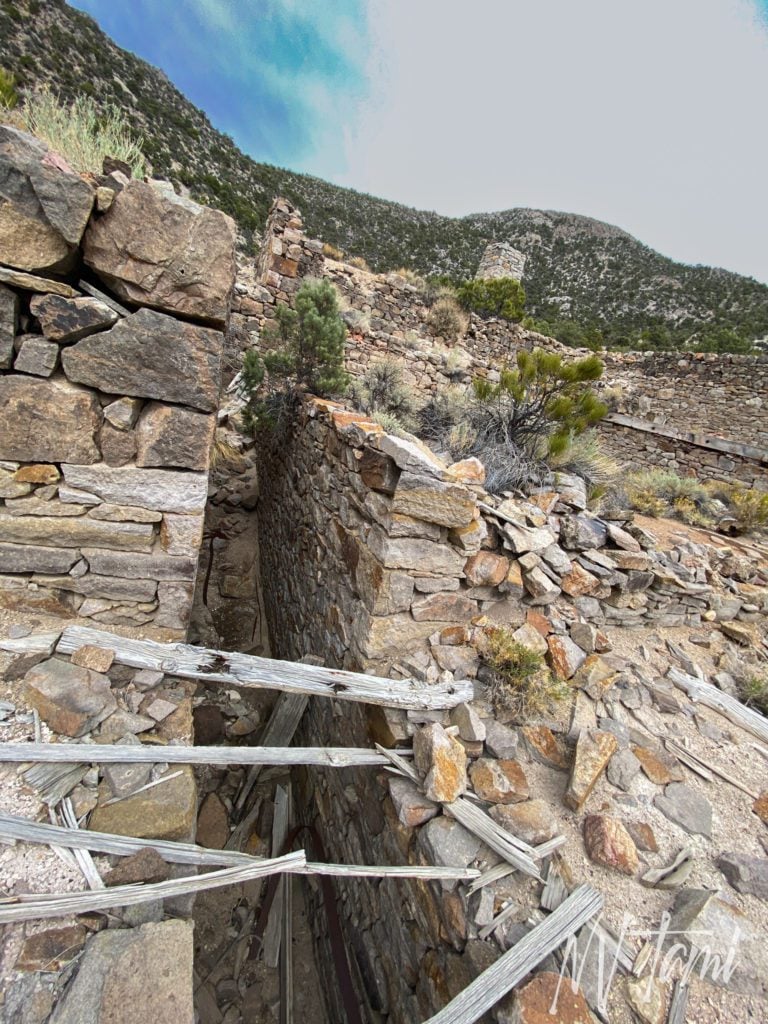

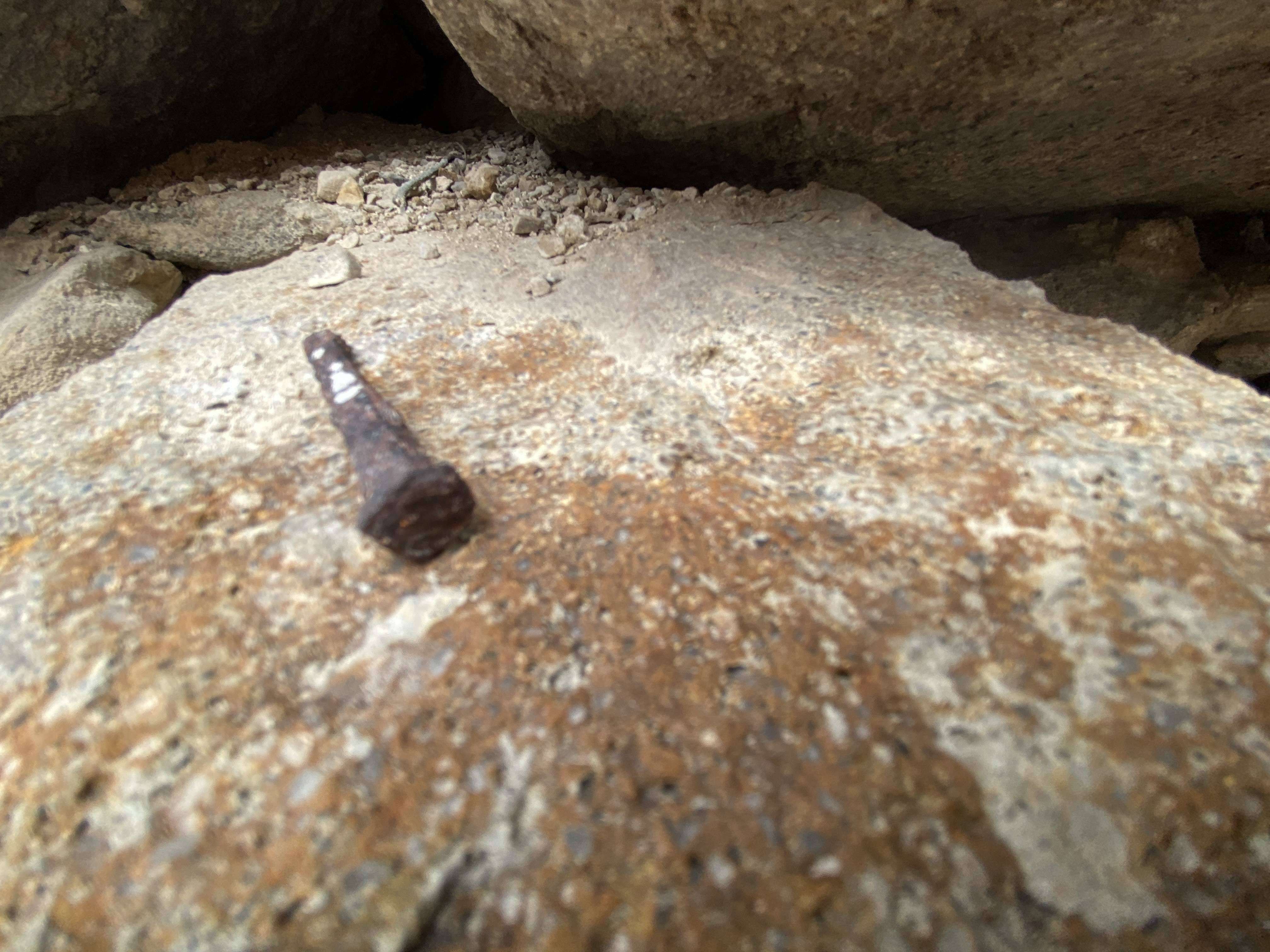


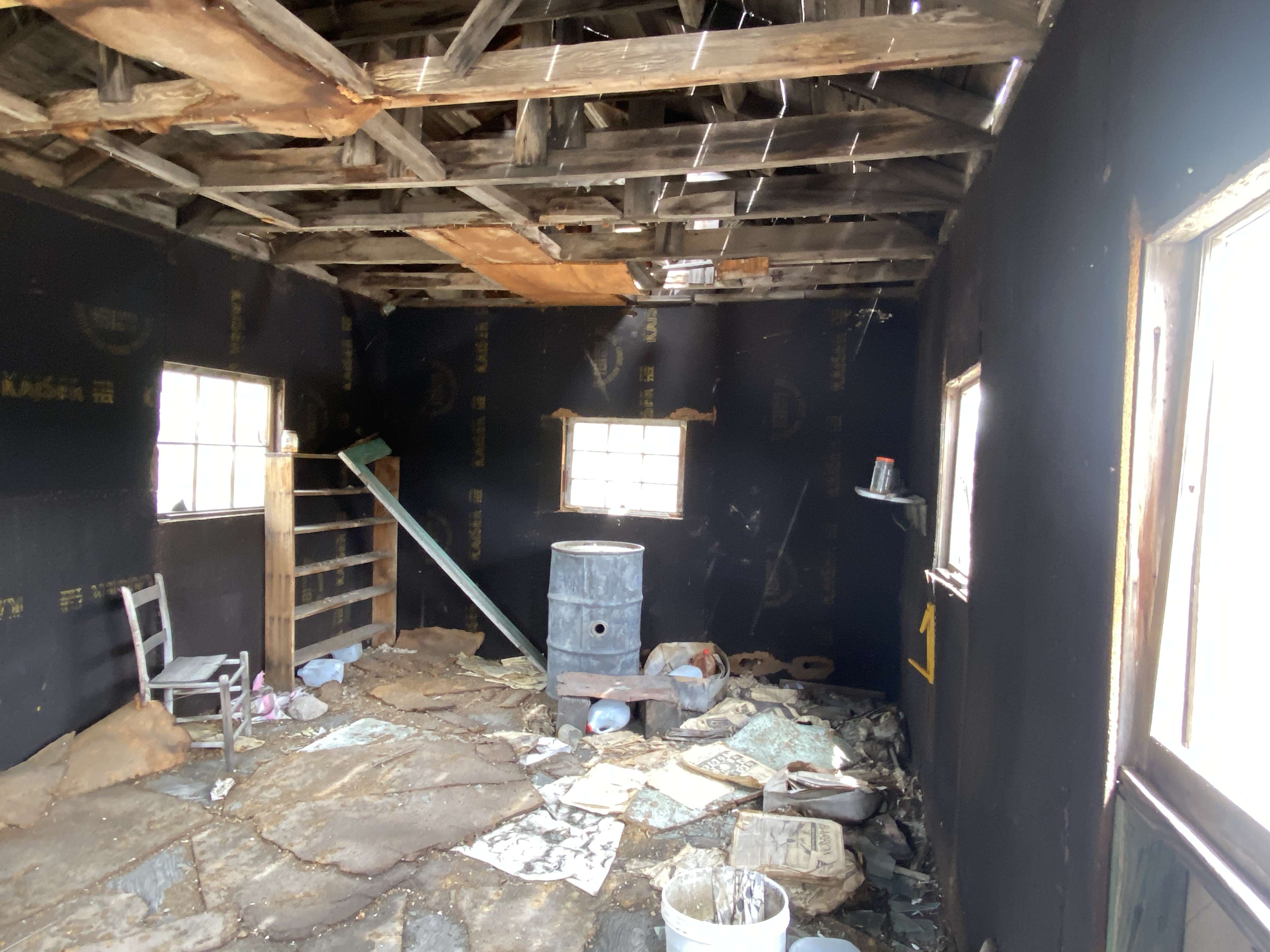
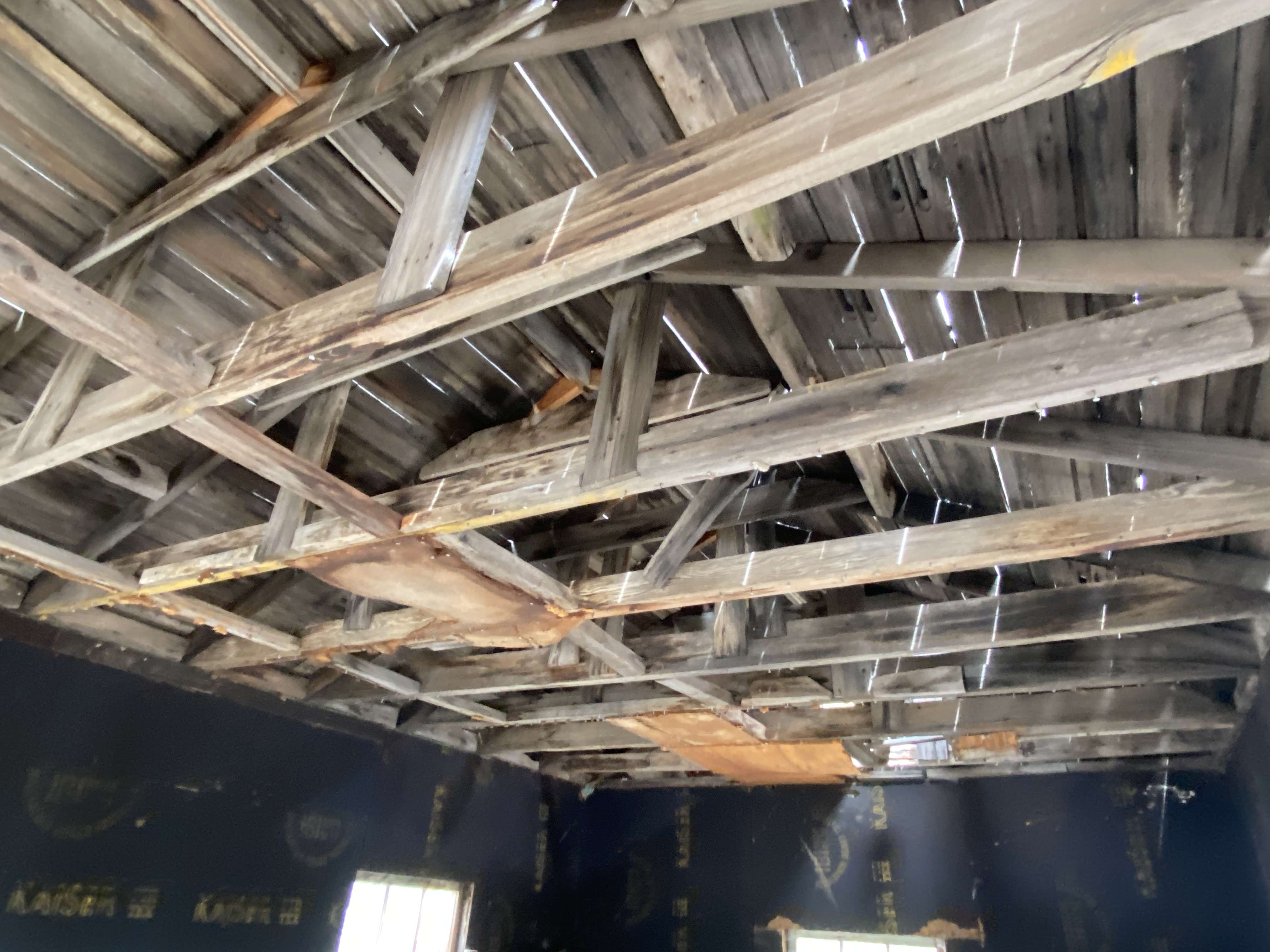








Steve Knight says
It was a fun trip. I thought Jeanie had some info on it. You have pictures of the Hot Creek hotel that we visited you need to include. Thanks for the great well researched article. We need to go back. I think the road is Rubiconable.
Steve
Tami says
Jeanne’s book was one of my main references, I have a picture of it in the article. The reference section didn’t update when I added her book, I have updated the references.
I write my articles town by town, Hot Creek will have a separate post with more information. I would love to see it when the restoration is complete. I think we can drive the road too, I’ll let you go first just in case!
Scott Lyman says
Cool info.
Tami says
Thanks, Scott. You need to come down to Nevada and explore!
J. Tingley says
Very good, well written article. You quote Jack Quade’s discription of the Mountain View Mill but you neglected to include him in your reference list.
Tami says
Thank you, Mountain View is a fantastic ghost town.
I referenced every book or site I used in my research; only a few directly mentioned Mountain View. One of the references must have utilized Jack Quade’s description. If you have information on his report, I would love to include it and credit him directly.
Jeff says
Thanks for taking us along on your trip. When I lived in Cedar City, UT, I would often stop at Warm Springs on my way to the Sierras to hike or taking the long way to Carson City. Lovely country that I miss.
Tami says
It is an amazing area. I love your area of Utah. We spent a week in St. George in spring. So much history and natural beauty to explore.